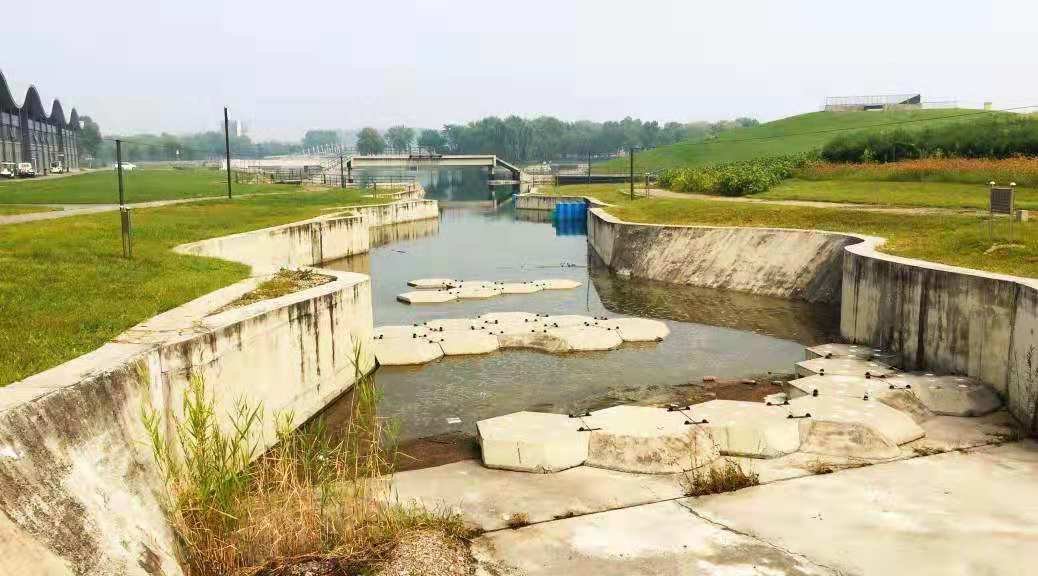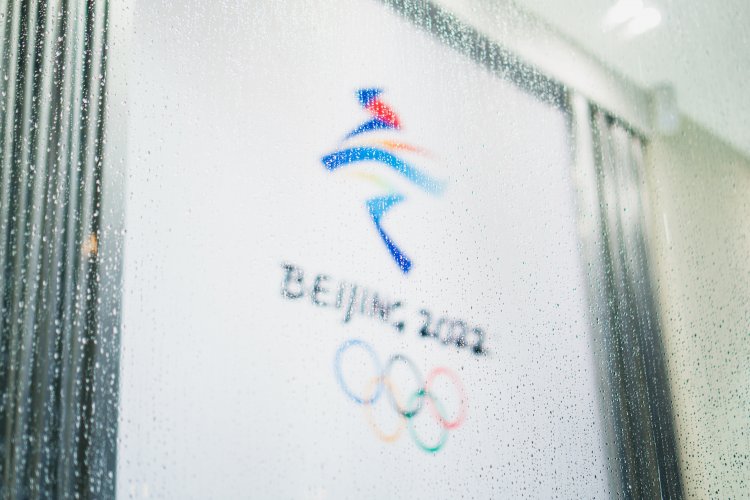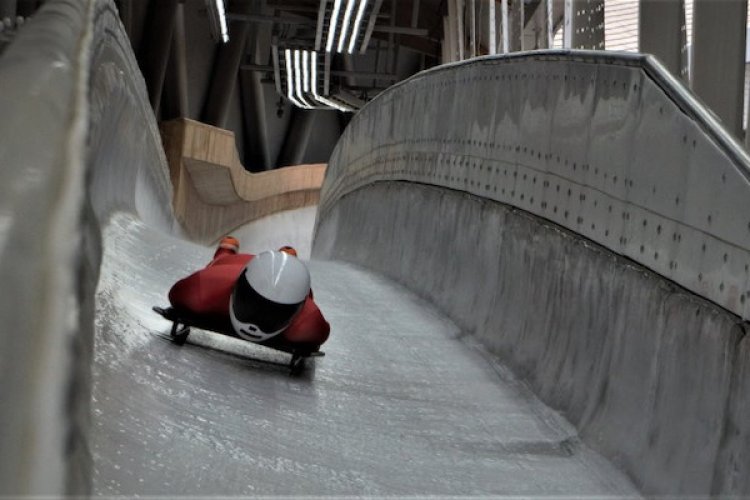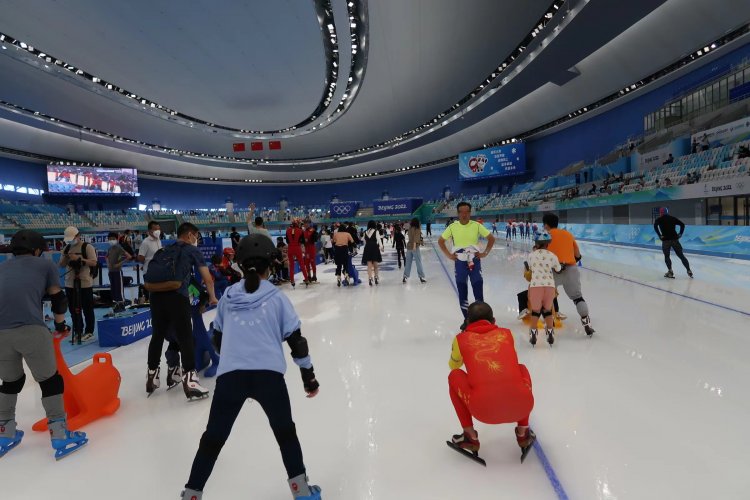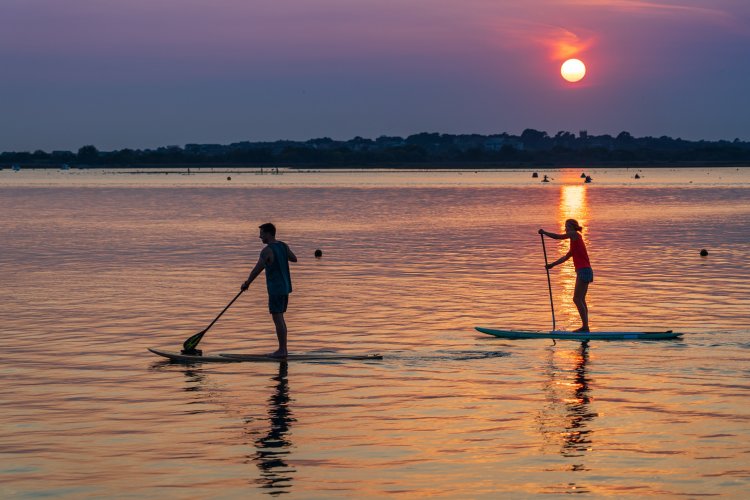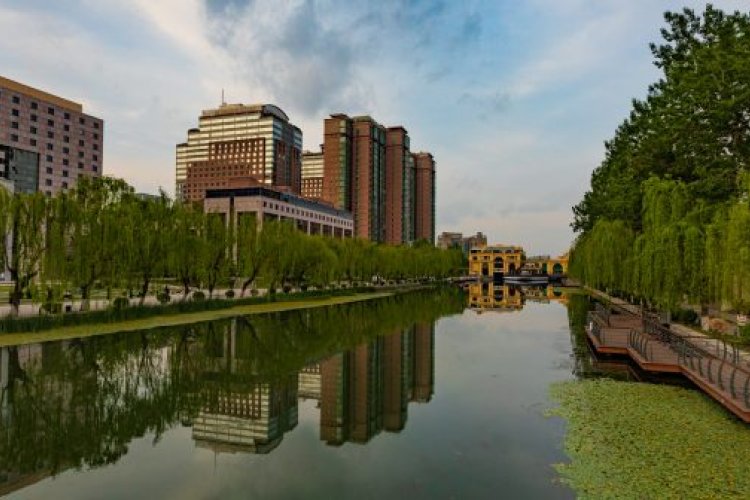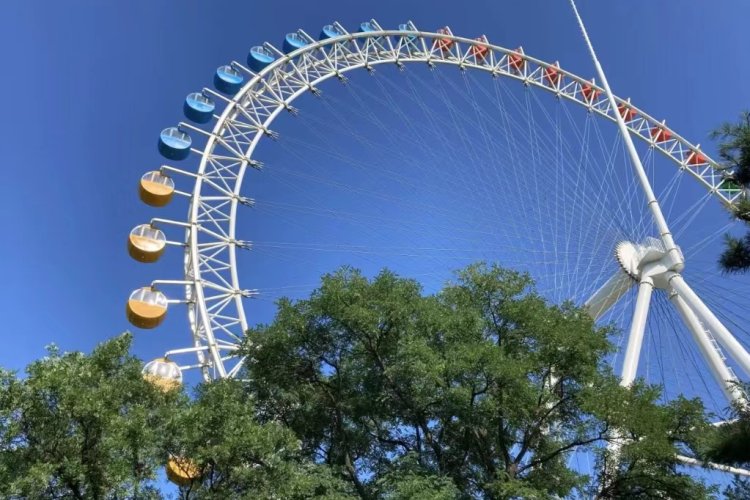Get Trapped in an Eddy of Time at Beijing's Dried-Up Olympics Kayak Course
Ride out of the city smog into the suburban haze, push through the thick shroud of Shunyi mist, and that is where you will find the Olympic Rowing-Canoeing Park (click here for a pin). Built for the rowing, canoeing, and 10km open-water swimming events at the 2008 Summer Olympics, the open water still attracts visitors looking to waterski, wakeboard, and take windsurfing lessons. But hidden off to one side is the dried-out Olympic Kayaking Slalom Course.
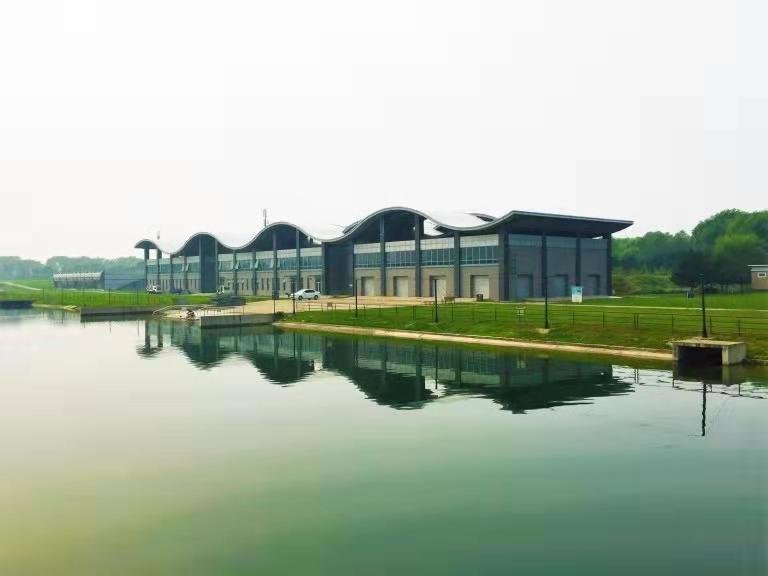
The course – which winds its way through a series of hills and grassy knolls, reminiscent of Hobbiton from The Lord of the Rings – can easily be accessed after a quick squeeze through the bushes, behind the defunct Yanjing Beer Olympic Countdown Clock. The islands are connected by steel bridges and abound with weird machines spouting rusting chains. The corpses of coast guard boats lay bloated and wrecked at the side of the course, awaiting emergencies that will never arise.
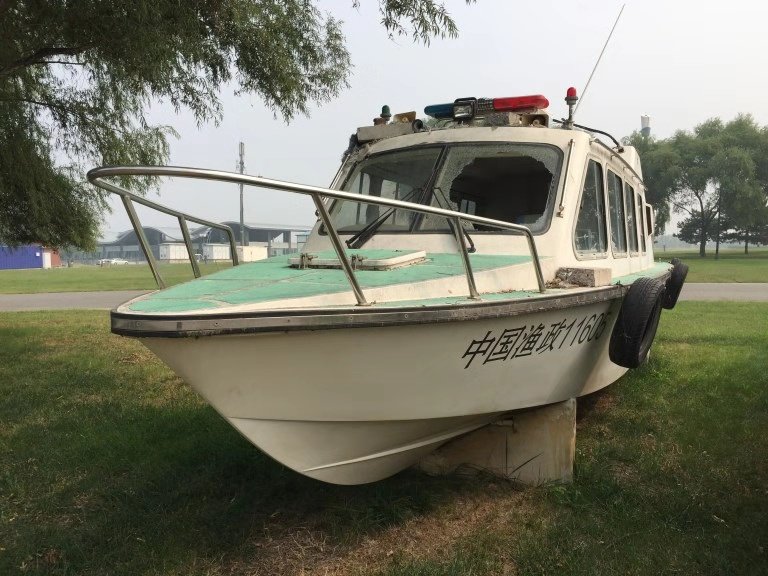
The course was built between 2005 and 2007 and officially opened one year in advance of the 2008 Olympics. It is also considered by enthusiasts to be one of the most difficult Olympic slalom courses in the world, though has now largely fallen into disrepair since its Olympic glory days. However, you can still get an idea of the full scale of the course via a short climb onto the abandoned conveyor belts and across the observation decks and bridges.
The water for the course was pumped from the rectangular rowing pond and surged from massive pumps at a breathtaking 7.5 meters per second, including down a drop of 6.3 meters. Cranes were used to lift the kayaks to the top of massive conveyor belts which in turn carried the Olympians to the start of the course. From there, they were dropped into the maelstrom.
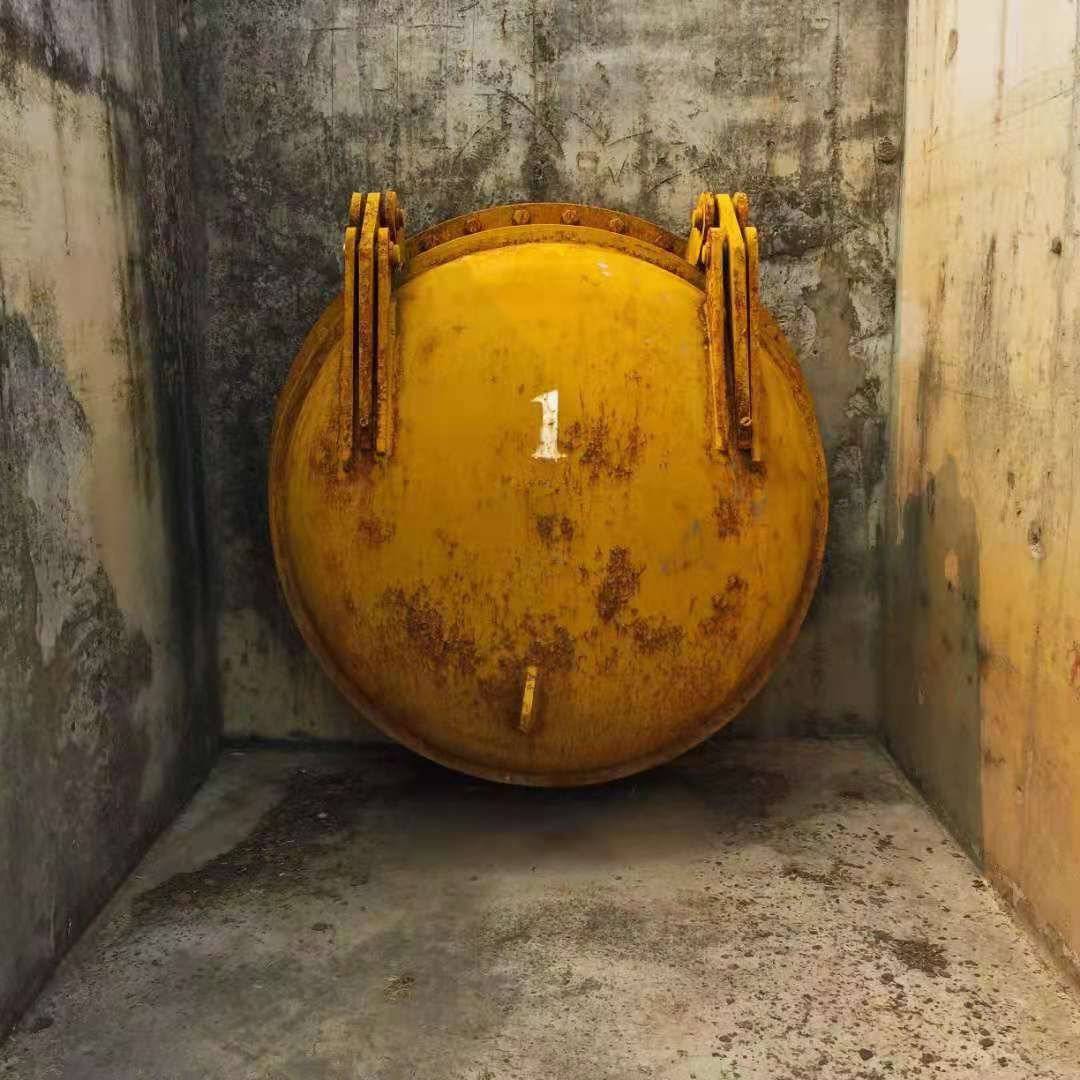
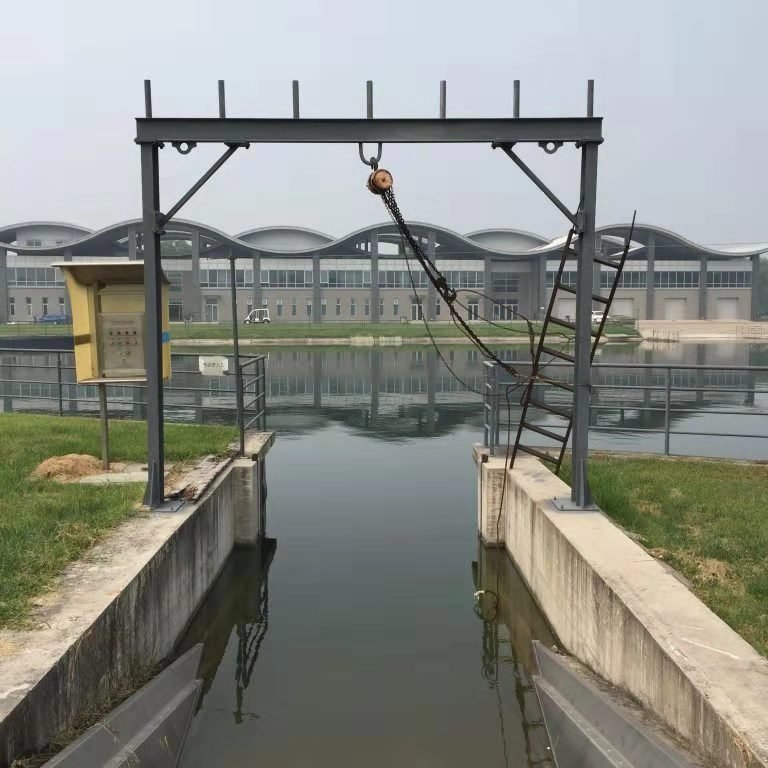
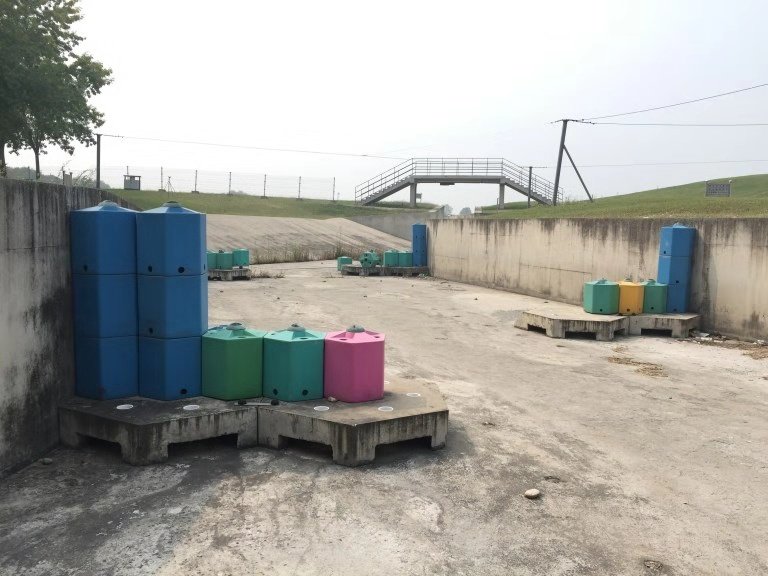
The course’s rapids were made more intimidating by underwater obstacles, artificial boulders, and outcrops in the sides of the narrow course from which eddies and whirlpools emerged. Walking through the dried-out bed of the course now, and the huge geometric boulders and submarine machinery hardly seem threatening at all, but it is worth noting that many of this site’s innovative features have since become Olympic standards.
Today, the course is crisscrossed by makeshift bridges made from wooden planks, from which visiting children have made a new sport of ripping the rocks from the sides of the course and flinging them onto the geometric boulders. Provided you have at least half a day to spare, the somewhat picturesque and fecund Olympic Kayaking Slalom Course is worth a wander for its grassy knolls and eerie concrete lanes alone.
READ: Will Beijing's 2022 Sporting Venues Go to Waste?
Photos: Burbex Brin

